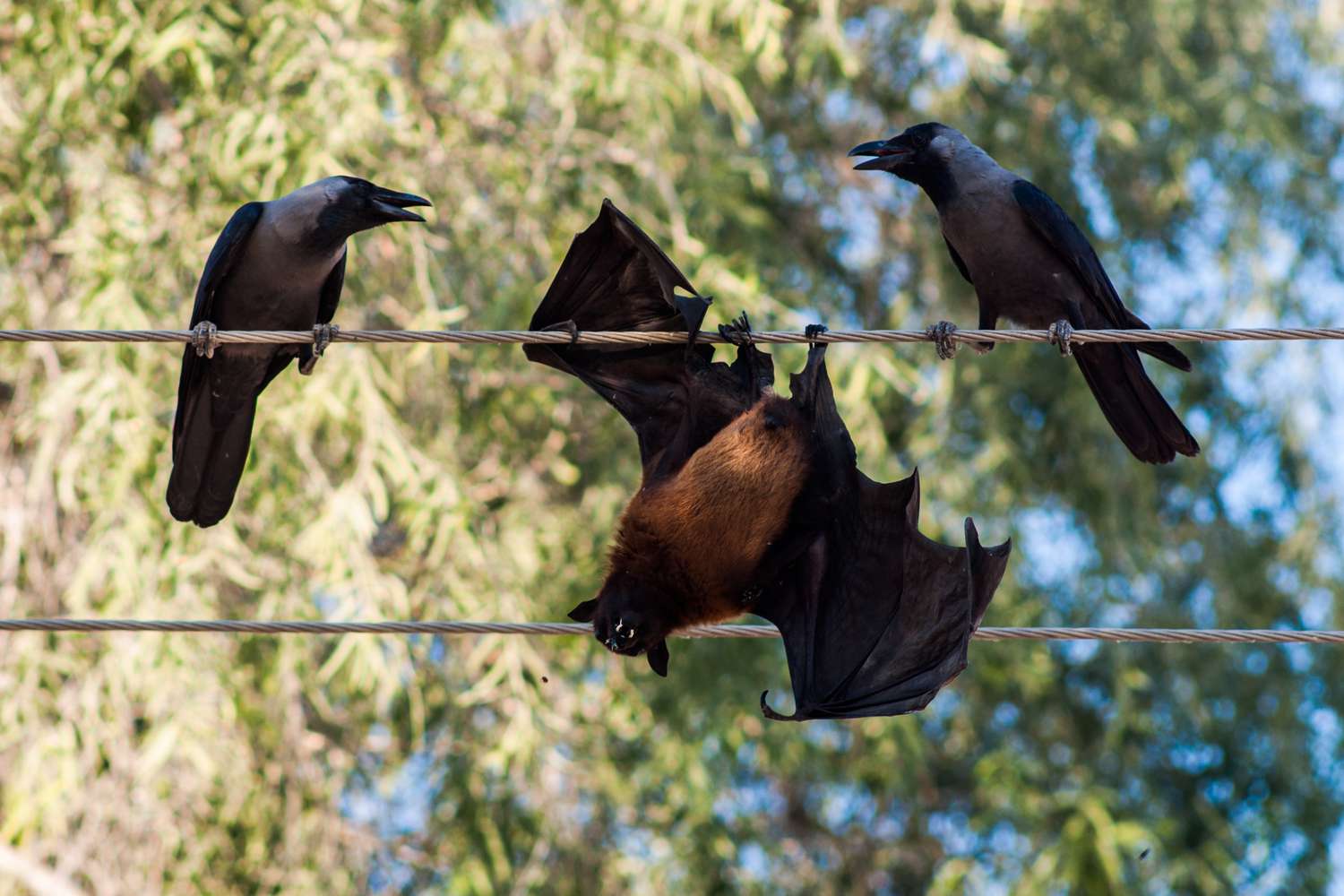Convergent evolution is when unrelated species evolve to have functionally comparable choices, known as analogous buildings. In numerous phrases, no matter lacking widespread ancestors, they evolve with comparable traits to go well with into a particular ecological space of curiosity.
One of these evolution is usually talked about with divergent evolution, which occurs when one species diverges into new species by rising variations in traits in response to environment and lifestyle.
Many conditions of convergent evolution make us inquisitive about why and the way in which species converge (or be a part of) over time and develop certain skills. Proper right here, we check out fascinating examples of any such evolution.
Homologous vs. Analogous Buildings
Homologous buildings seek advice from 2 or additional buildings found in a number of species from a normal ancestor. Analogous buildings, then once more, seek the advice of with buildings in a number of species not from the similar ancestor.
Birds and Bats
All bats and birds “converged” with their functionality to fly in response to environmental stimuli and natural aims. The arm bones in birds and bats are the similar structurally and considered homologous. The wing kind, nonetheless, is what’s convergent.
Bat wings are flaps of pores and pores and skin stretched between bones whereas birds have layers of feathers extending alongside their arms. These variations indicate they acquired right here from completely totally different ancestors nonetheless lastly developed the similar functionality to fly.
Flying Lemurs and Sugar Gliders
Cede Prudente / Getty Footage
Given their distinctive gliding capabilities, you will assume that flying lemurs and sugar gliders are rigorously related. Sugar gliders are marsupials, additional rigorously related to kangaroos and koalas, whereas flying lemurs are “placental mammals” and closest to primates.
Their “wings,” nonetheless, are analogous buildings that developed independently of one another. Every have moreover developed key traits applicable for treetop (arboreal) residing and large eyes for seeing larger at midnight (nocturnal)—convergent evolution examples allowing them to thrive contained in the similar ecological space of curiosity.
Dolphins and Sharks
Sharks and dolphins couldn’t be additional completely totally different. Dolphins are mammals and sharks are fish. A dolphin’s skeleton is constituted of bone whereas a shark’s skeleton consists of cartilage. Whereas dolphins ought to come to the ground to breathe air, sharks use gills to extract oxygen from the water.
Every sharks and dolphins adopted the similar traits—streamlined our our bodies, dorsal and pectoral fins, and flippers—to have the ability to swim fast and catch prey. Fins function very like fingers, and whereas dolphins are distantly related to mammals with fingers, sharks normally usually are not, thus their fins would have come from a particular genetic provide.
Snakes and Worm Lizards
Worm lizards are, actually, merely legless lizards, and by no means as close to snakes as they appear. In 2011, an roughly 45-million-year-old worm lizard fossil was current in Germany. It was concluded that the fossil lizard had legs and arms misplaced over time as worm lizards tailor-made with out them.
The report moreover talked about that the fossil had a thick skull designed for burrowing, similar as a result of the worm lizards, and “a far cry from the sunshine, versatile skulls of snakes.” It’s believed these historic lizards tailor-made to a headfirst digging lifestyle sooner than dropping their legs and lengthening their our our bodies.
Nepenthaceae and Sarraceniaceae
The carnivorous pitcher vegetation Nepenthaceae and Sarraceniaceae every have pitfall traps, which lure bugs in each with nectar, shiny colors, or every. They provide minerals like nitrogen and phosphorous from the animals they devour.
No matter every having these traps, Nepenthaceae and Sarraceniaceae are separate species with principally merely this perform in widespread. The Outdated World-based Nepenthes embody tropical pitcher vegetation in Madagascar, South Asia, and Australia; New World-based Sarraceniaceae are hardier pitcher vegetation in North and South America. They’re found all through habitats, always with poor soil conditions, from pine barrens to sandy coastal swamps.
Marsupial Opossums and New World Monkeys
New World monkeys embody arboreal primates current in forest habitats. They’ve prehensile tails, which enable them to know objects and grasp from bushes. Marsupial opossums might do this with their tails, apart from they aren’t primates. They’re marsupials, which suggests their infants are raised in a pouch on the mother’s abdomen, like a kangaroo. Opossums are moreover the one non-primate with opposable large toes, giving it distinctive agility.
Euphorbia and Astrophytum Succulents
shihina / Getty Footage
Whereas Astrophytum is a genus of species of cacti, Euphorbia obesa is nearer to poinsettias than cacti. Nonetheless, every have developed to have the power to protect water in scorching desert climates. The two normally appear collectively in succulent gardens, with a number of their caretakers unaware of the variations because of, at first look, they offer the impression of being so comparable.
Every retailer water in swollen stems, develop spines, and can be found quite a lot of shapes and sizes. Nevertheless cactus spines develop from an “areole,” or small cushiony dot that protrudes from the facet of the plant; they’re usually eradicated merely and are designed to embed themselves in passing animals or individuals. Euphorbias, in opposition to this, push their spikes (or thorns) correct out of the plant’s sidewall; they’re usually thick and appear part of the stem. Ripping them off would damage the plant.
Echidnas and Hedgehogs
Quills are modified hairs tailor-made to serve a natural purpose, much like defending in the direction of predators or enhancing senses. In every echidnas and hedgehogs, these quills are fast and thick, making the species look the similar. Nonetheless, echidnas are “spiny anteaters” native to Australia, Tasmania, and New Guinea that burrow, whereas hedgehogs come from Europe, Asia, and Africa, and wish to nest. Echidnas produce eggs that hatch, and hedgehogs give starting to litters of reside youthful.
